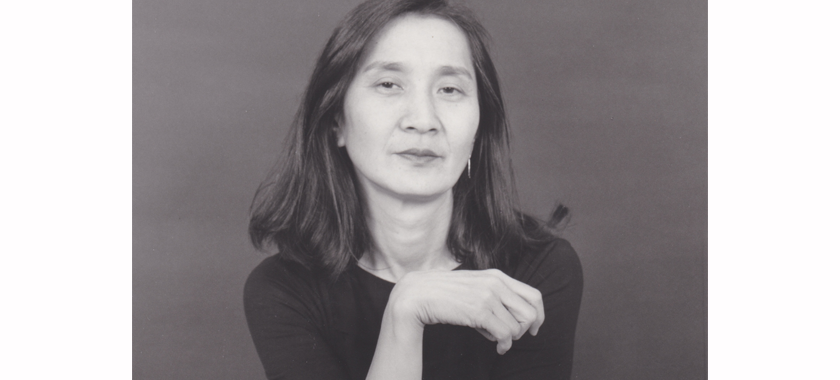
Conversations | Choreographer Donna Uchizono is Here to Tell You That You’re Not Alone
The NYSCA/NYFA Artist Fellow on being American but not being seen as an American, and why she’s making visibility part of her mission in the field.
Donna Uchizono, a five-time NYSCA/NYFA Artist Fellow in choreography and member of NYFA’s Artist Advisory Committee, has been recognized as a United States Artist, Guggenheim Fellow, and Bessie Award-winner; created work for choreographer Mikhail Baryshnikov, playwright Paula Vogel, interdisciplinary artist David Hammons (Fellow in Sculpture ‘87), and neurologist and author Oliver Sacks; and toured throughout the United States, Europe, South America, and Asia with her New York-based Donna Uchizono Company, which she established in 1990.
Uchizono has been recognized by the New York Public Library Performing Art and Dance Heritage Coalition as a “master choreographer whose works require preservation.” As such, the National Endowment for the Arts is helping to fund the archiving of more than 50 of her works at the NYPL Jerome Robbins Dance Division.
Uchizono’s list of accomplishments is long; her trailblazing career is an impressive one that she hopes can inspire future generations of choreographers who may be feeling lonely in their field. Uchizono’s presence in the world of dance is significant, particularly because she has the distinction of being the only American-born postmodern choreographer of Asian ancestry to have received cumulative esteemed national grants and national and international touring of an eponymous dance company. Read on for more of her story.
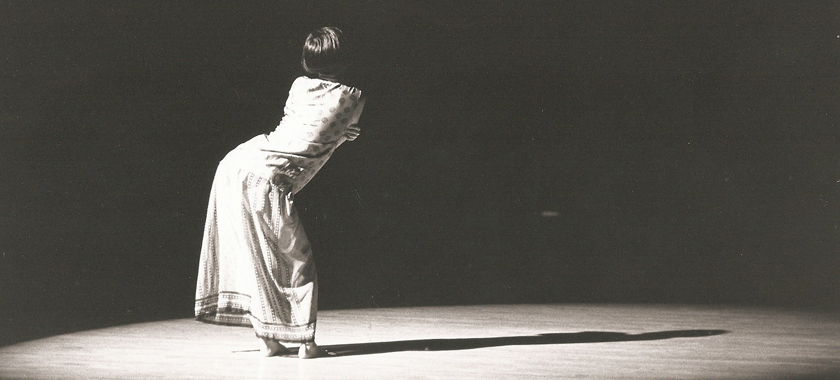
New York Foundation for the Arts (NYFA): What was your experience like in the dance world when you were first starting out? Were there people in the industry you could look to as mentors or peers? What is your experience like now?
Donna Uchizono: I came to New York in 1986 and lived in the East Village between Avenues C and D at a time when it felt like anything could happen. In terms of mentors, artistically, my peers were my mentors, pushing each other forward, as each of us were growing and developing our own individual voices. But in terms of being an American born/raised postmodern choreographer of Asian ancestry, I looked to people like Bebe Miller (who actually was the one to “discover” me as a choreographer) and Ralph Lemon—two artists of color in a predominantly white field of postmodern dance. What I loved about Bebe and Ralph is they both understood the gravity of growing up an American with a non-white face.
In terms of mentors, artistically, my peers were my mentors, pushing each other forward, as each of us were growing and developing our own individual voices.
I told Ralph and Bebe that I didn’t have any mentors to talk to. Most other people would rattle off the names of artists born and raised in Asia as possible mentors, all of whom I deeply respect. But Ralph and Bebe never did that, just as I would never offer suggestions of African artists as possible mentors to them. Being grouped in the monolithic category of “Asian” artists erases the searing scars of racism I grew up with, and reinforces the idea of being seen as a “perpetual foreigner,” as a second class citizen. Though my family may not have been here as long as others, I’m a third-generation American with English as my mother tongue and the United States as the land where I was born and raised.
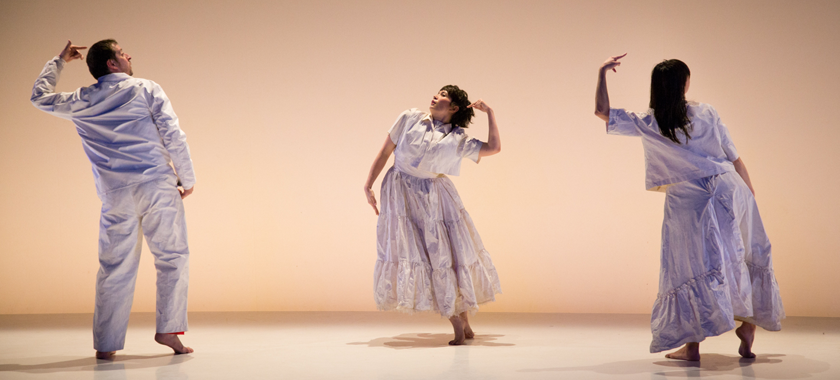
NYFA: You’ve mentioned that some people have had difficulty grasping your identification as the only American-born postmodern choreographer of Asian ancestry to have received cumulative esteemed national grants and national and international touring with your company. How have conversations been for you on this topic?
A lot of people in the dance field that I’ve spoken to express surprise, but nothing beyond surprise. Strangely, many others don’t want to acknowledge that it’s a possibility. Even after deep discussions, they will still name Asian-born/raised artists. Someone might mention an artist that is beginning to have some national recognition and I say, “Introduce me!” I’d like to have a dialogue. And if there is someone else who fits into this category, “YEAH!” But even two or three still begs the question. Why?
I cannot and should not be the “only” American-born choreographer of Asian ancestry who is nationally and internationally recognized! My question is: How can this be? What is my part and what is the field’s participation? And most importantly, how do we change this? Invisibility is a state that most Asian-Americans have felt in their life and I feel like a strong representative of that state in this field. I’m trying to be more like my dances—bold with nuanced fragility. I want to use my position in the dance world to advocate for clarity of perception, not for me, but for all of us who were born into this weird trauma of being an American but not seeming American.
I’m advocating for clarity of perception, not for me, for all of us who were born into this weird trauma of being American but not seeming American.
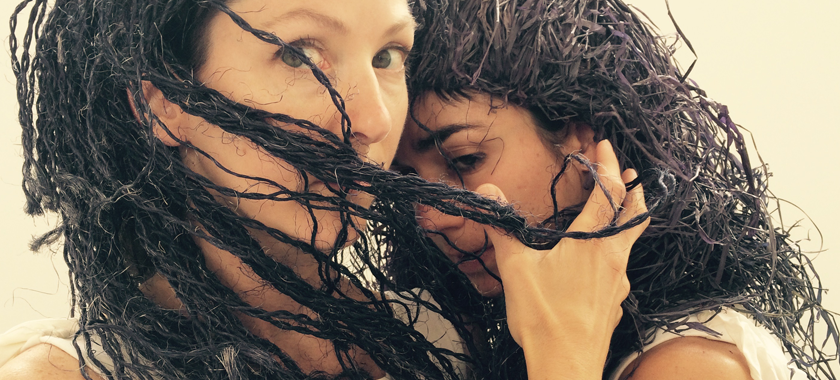
NYFA: What do you most want emerging choreographers to know about how they can make work and be true to themselves in the industry?
DU: I love the passion of the young Asian American Pacific Islander (AAPI) artists and their strong and active advocacy for AAPI artists.
For those young artists who are not creating work specifically about being Asian/Pacific Islander or the Asian experience but feel pressured to do so, I say, “Create the work you want to do!” You are not alone, nor are you having to start from scratch. There is someone who has received national and international notice, who is still making work by being true to themselves. I’m interested in more national visibility and education so future generations know it can and has been done.
For those young artists who are not creating work specifically about being Asian or the Asian experience but feel pressured to do so, I say, “Create the work you want to do!”
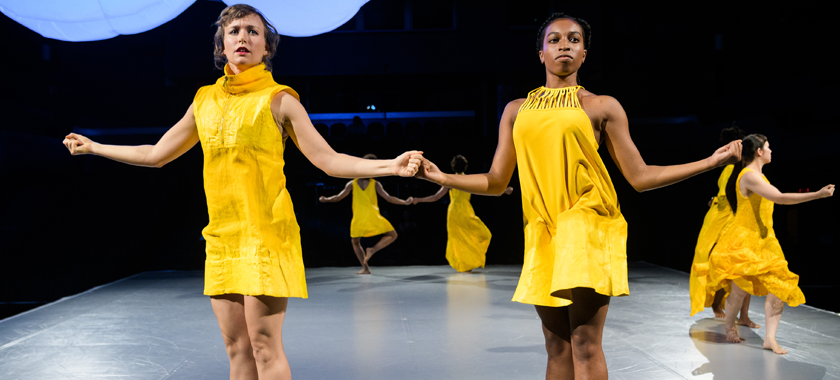
NYFA: As previously mentioned, the NEA is helping to fund the archiving of more than 50 of your works at NYPL’s Jerome Robbins Dance Division. Can you talk more about what this means to you?
DU: It’s fantastic! I’m humbled and honored. We are the only dance company to receive NEA archival/preservation support this year. Twelve years ago, after decades of critically-acclaimed dance works that toured nationally and internationally, I was identified by Dance Heritage Coalition and the New York Public Library for the Performing Arts as a master choreographer whose works require preservation. This award gives me the opportunity to collaborate with artist-archivist Cori Olinghouse, most notably known for her innovative methodology as the former archive director for Trisha Brown Dance Company. The archival/preservation process is time and labor-intensive. Though I have been working with the library for 10 years, with this distinction as the “only,” I feel a sense of urgency to delve into a new phase of this archival project.
How great to receive this recognition and I wish that for future generations! Let’s put a vision of visibility on the table!
You can find more articles on arts career topics by visiting the Business of Art section of NYFA’s website. Sign up for NYFA News and receive artist resources and upcoming events straight to your inbox.